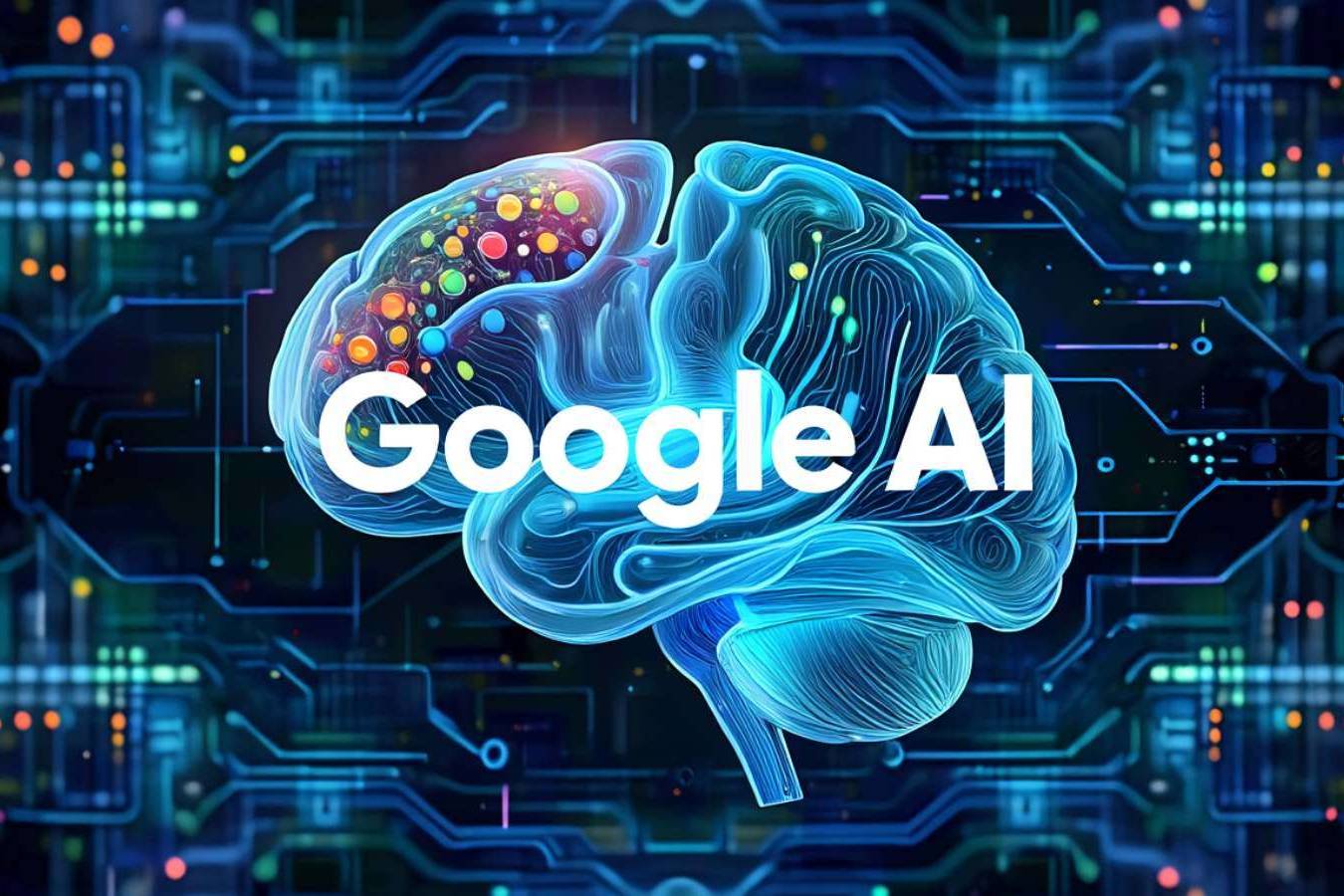A Q4 Strategic Analysis for Heads of Marketing & CEOs
As we reach Q4, three critical reports have emerged that collectively challenge the prevailing narratives about AI’s impact on search. The Datos consumer behaviour analysis, Amsive’s conversion study, and Search Engine Journal’s marketer survey create a triangle of insight that reveals something more nuanced than the typical “AI is disrupting everything” storyline.
The strategic question is no longer whether AI will transform search, but understanding the specific mechanisms and timelines of that transformation, and what that means for how we allocate resources and build capabilities today.
The Geographic Arbitrage Opportunity
The Datos report reveals something fascinating: EU and UK markets are running roughly 18 months ahead of the US in AI adoption curves. Rather than accepting this as a cultural difference, this represents a strategic arbitrage opportunity that most practitioners are missing.
European users hit 40% ChatGPT adoption while the US sits at 30%, but more importantly, European AI tool traffic reached 0.78% of total search volume compared to 0.26% in the US. This suggests European search behaviours are evolving faster, creating a natural testing ground for AI-optimised strategies.
The strategic implication here goes beyond simple geographic targeting. If you’re building AI Search Optimisation / Generative Engine Optimisation capabilities, European markets offer higher probability of meaningful traffic volumes in the near term. More critically, the patterns emerging in European markets likely preview US market evolution 12-18 months out.
But here’s where it gets interesting strategically: the DeepSeek pattern. Deep Seek saw a brief spike of usage of 6-7% followed by a drop to 3% reveals something crucial about AI platform dynamics. User acquisition doesn’t equal user retention in this space. Platforms that can’t deliver consistent utility beyond the novelty phase face rapid abandonment. This has profound implications for how we think about diversifying across AI platforms versus doubling down on established players.
The Conversion Quality Paradox
The Amsive study delivers the most strategically significant finding of the year: LLM traffic doesn’t convert better than organic search. This punctures a fundamental assumption driving much AI Search Optimisation investment.
But the deeper strategic insight lies in understanding why this matters beyond simple conversion rates. LLM traffic represents highly intentional behaviour‚ users are actively choosing a different search modality. The fact that this more intentional traffic doesn’t convert better suggests we’re dealing with different user intents, not necessarily higher-quality users.
This creates a strategic inflection point. If LLM traffic grows to meaningful volume (which the trajectory suggests it will), but doesn’t carry a quality premium, the optimisation calculus changes entirely. You’re not optimising for better users‚ you’re optimising for market share preservation as user behaviour shifts.
The business model breakdown reveals another strategic layer. B2B sites showed slight LLM conversion advantages (2.17% vs 1.16%), while B2C sites showed slight disadvantages (6.58% vs 6.78%). While not statistically significant, this directional difference suggests LLM platforms may be better suited for complex, research-driven decision-making processes rather than impulse or emotional purchases.
The Marketer Reality Check
The Search Engine Journal survey cuts through AI marketing hype with surgical precision. We’ve seen the action, but what about the process? How is AI helping inhouse and external marketing teams such as agencies?
The survey reports 76.8% report time savings as the primary benefit, while only 5.2% see customer lifetime value improvements. So is this about current limitations or does this reveal something fundamental about AI’s role in the marketing stack?
AI is proving excellent at tactical acceleration but struggles with strategic value creation. Content creation, optimisation, and ideation see strong adoption because they compress time-to-market. But attribution accuracy, lead quality, and CLV‚ the metrics that actually drive business value‚ remain largely unchanged.
The 62.6% concerned about AI-generated misinformation represents more than just a quality issue. It’s a trust deficit that will constrain aggressive AI adoption even as capabilities improve. This creates a competitive advantage for organisations that can solve the quality and oversight challenges that currently limit AI’s strategic impact.
The Compound Strategic Insight
When you layer these three reports together, a more sophisticated picture emerges. We’re not in an AI replacement cycle‚ we’re in an AI supplementation cycle that’s creating new competitive dynamics.
The geographic adoption patterns suggest market evolution will be uneven and predictable. The conversion data reveals that traffic quality isn’t improving with AI platforms, which means optimisation strategies need to focus on volume capture rather than quality premiums. The marketer survey shows that tactical improvements are outpacing strategic value creation, creating opportunity gaps for organisations that can bridge that divide.
Based on these insights, at Harton Works we recommend a three-horizon strategy framework:
Horizon 1 (Next 6 months)
Capture efficiency gains from AI tooling while maintaining search market share through traditional optimisation. The ROI is clear and immediate in content operations.
Horizon 2 (6 to 12 months)
Build systematic AI Search capabilities as AI platform traffic volume reaches materiality thresholds. Focus on European markets first for learning and iteration.
Horizon 3 (12+ months)
Develop proprietary approaches to AI-driven strategic value creation as the industry solves current quality and attribution challenges.
The Contrarian Strategic Bet
Here’s the insight most practitioners are missing: the current efficiency focus creates a strategic vulnerability. While everyone optimises for time savings and content acceleration, the real opportunity lies in solving the strategic value creation gap.
Organisations that can demonstrate measurable improvements in attribution accuracy, lead quality, or customer lifetime value through AI implementation will capture disproportionate advantage. The 62.6% concerned about misinformation represent potential customers for solutions that combine AI efficiency with human oversight systems.
The geographic arbitrage, conversion reality, and efficiency-strategy gap create a multi-dimensional competitive landscape. Success requires simultaneous execution across tactical AI adoption, strategic capability building, and market positioning for the next phase of AI evolution.
What Harton Works Is Watching Next
These reports establish baselines, but the strategic questions for Q4 centre on inflexion points. When does European AI traffic reach 2-3% of total volume? How do conversion patterns change as AI platforms improve result quality? Which organisations successfully bridge the efficiency-strategy gap?
The transformation is happening, but it’s more complex and nuanced than the prevailing narratives suggest. Strategic advantage will accrue to organisations that understand these nuances and can execute across multiple timelines simultaneously.
The data reveals opportunity, but only for practitioners sophisticated enough to read between the lines and act on insights rather than headlines.
AI Search Trends FAQ
Despite the hype, AI isn’t replacing search — it’s reshaping it. Q2 2025 data shows AI tools are additive, not cannibalistic: heavy AI users still rely on Google and often search even more. The shift isn’t about replacement; it’s about redistribution — where, when, and how discovery happens.
Datos data shows around 41% of Europeans use ChatGPT monthly, compared to 31% in the US. That 18-month lead isn’t cultural — it’s strategic. European behaviour offers an early preview of how AI search habits will evolve globally, making it a live testing ground for Answer Engine Optimisation (AEO) strategies.
Not yet. Amsive’s data shows LLM referrals account for less than 1% of sessions and convert at almost identical rates to organic — 4.87% vs 4.60%. That means current AI traffic doesn’t deliver higher-quality users; it’s about market share preservation as user behaviour shifts.
Mostly efficiency. SEJ’s survey found 83% of marketers use ChatGPT, and 77% report time savings — but only 5% have seen customer lifetime value improve. AI helps teams move faster, but not necessarily achieve deeper impact. The real challenge is turning productivity gains into measurable ROI.
It refers to how differences in AI adoption create opportunity. With Europe and the UK roughly 18 months ahead, these markets act as live testbeds for AEO and retrieval strategies. What works there today will likely define the US search landscape by late 2026.
On bridging the efficiency-to-strategy gap.
- Build structured, retrievable content for AI search.
- Improve attribution accuracy and lead quality.
- Develop governance and oversight to handle misinformation and bias.
The edge will go to teams that combine AI speed with strategic control.
Optimise for retrievability, not just visibility. AI systems pull meaning, not just metadata — so create semantically rich, structured content that’s easy for models to interpret and cite. Strengthen internal linking, entity clarity, and topical depth to build authority in both search and AI-driven discovery.
AI search optimisation, also known as Generative Engine Optimisation (GEO), is a new specialism focused on improving visibility across AI discovery engines such as ChatGPT, Perplexity, Gemini, and Google’s AI Overviews.
A growing number of digital agencies now provide dedicated GEO or AI search consulting. These include established SEO firms expanding into retrieval-based optimisation, as well as newer consultancies built around AI-first frameworks.
Harton Works is one example of an agency specialising in this area. The company uses a Retrieval-First™ methodology — aligning technical SEO, structured content, and AI visibility tracking to help brands perform in both traditional and AI-driven search environments.

Martin Jeffrey
Martin Jeffrey is the founder and strategic lead of Harton Works, a consultancy focused on Retrieval-First™ Marketing and AI-era visibility. With over 25 years of experience in digital strategy, he helps businesses adapt to the new rules of search, aligning SEO, content, and AI readiness to drive sustainable growth.
Related Posts
October 8, 2025
Retrieval-First™ Framework
Most businesses are rushing into AI—but only 1% have actually integrated it…
October 1, 2025
Building Your Digital Cathedral
Cathedral thinking could be the strategy that not only helps you survive the AI…
July 31, 2025
Learning from Google Ai Overviews Usability Study
The first real usability study of Google’s AI Overviews reveals a dramatic…




